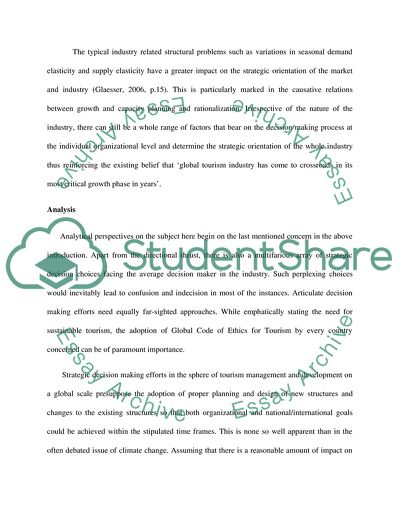Cite this document
(Structural Change and the Industrial Organization of Tourism Term Paper, n.d.)
Structural Change and the Industrial Organization of Tourism Term Paper. Retrieved from https://studentshare.org/tourism/1719783-structural-change-and-the-industrial-organization-of-tourism
Structural Change and the Industrial Organization of Tourism Term Paper. Retrieved from https://studentshare.org/tourism/1719783-structural-change-and-the-industrial-organization-of-tourism
(Structural Change and the Industrial Organization of Tourism Term Paper)
Structural Change and the Industrial Organization of Tourism Term Paper. https://studentshare.org/tourism/1719783-structural-change-and-the-industrial-organization-of-tourism.
Structural Change and the Industrial Organization of Tourism Term Paper. https://studentshare.org/tourism/1719783-structural-change-and-the-industrial-organization-of-tourism.
“Structural Change and the Industrial Organization of Tourism Term Paper”, n.d. https://studentshare.org/tourism/1719783-structural-change-and-the-industrial-organization-of-tourism.


